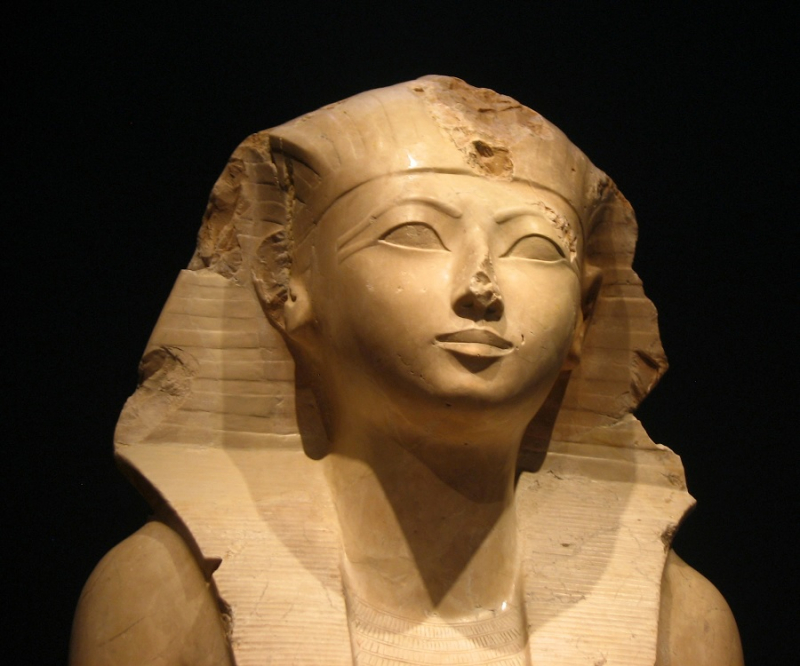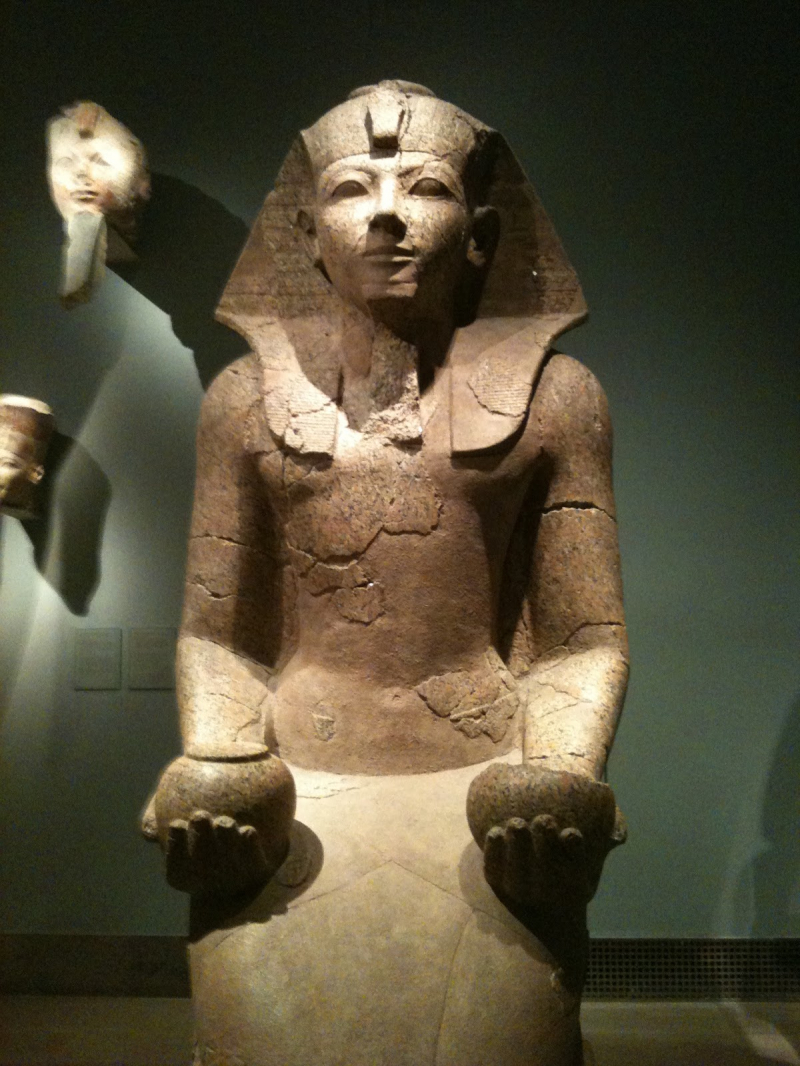She Became A Pharaoh
Pharaoh Thutmose I and his wife Ahmose had a daughter named Hatshepsut. She was married to Thutmose II, her half-brother to Thutmose I's the second wife. Thutmose II inherited the throne after his father died. Hatshepsut, who had been widowed since Thutmose II's death at a young age, was appointed regent to rule for his own son, Thutmose III. She did, however, become the recognized co-ruler and de facto ruler of ancient Egypt near the conclusion of her seventh regnal year. Early historians said she usurped the throne, whereas more contemporary historians argue that she was compelled to become pharaoh because of a political crisis. Hatshepsut was one of the relatively few female pharaohs, for whatever reason. "There were only two or three women who ruled as pharaohs in the history of Egypt during the dynastic period (3000 to 332 BC)," Egyptologist Ian Shaw says.
The system expected that the Regent would stand down once the son had reached adulthood. Queen Hatshepsut, on the other hand, did something that would make people feel natural. She will designate herself as the new Pharaoh, and she will become co-ruler of Egypt with Thutmose III. While many theories exist as to why she perpetrated such a riot, modern consumers of knowledge claim that she did so in order to pass the monarchy to her son. It has been suggested that rivals pose a threat to the monarchy and that something must be done to defend what her family has accomplished. It can be said that becoming a Pharaoh is one of the major accomplishments of female Pharaoh Hatshepsut.







